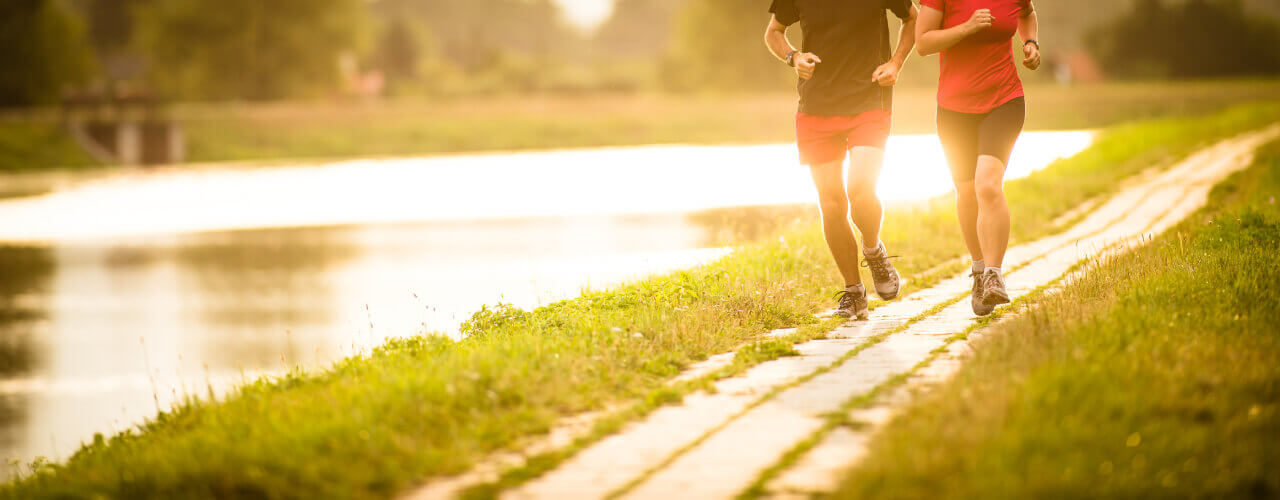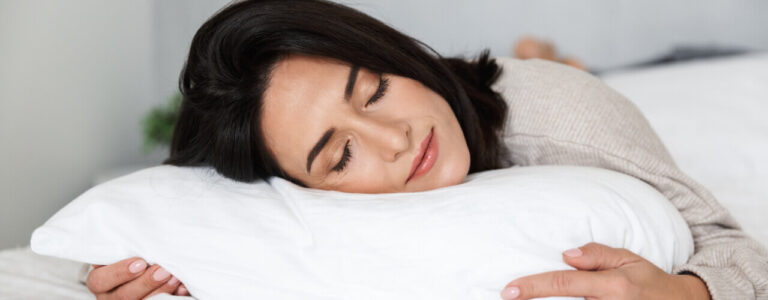Ready to Get Moving? We Can Help!
Getting active can be intimidating. With thousands of exercise programs out there, it’s hard to figure out which one is right for you.
According to PT in Motion News, 80 percent of Americans aren’t meeting physical activity guidelines set forth by the US Department of Health and Human Services. Finding the time or the motivation to exercise is difficult for many people.
It isn’t always easy to stay active, especially if you’re already struggling with limited mobility. However, getting active can vastly improve your health, your comfort, your mobility, and your overall quality of life.
There are several easy ways to increase your activity level that most people can include in their daily routine.
In fact, there are a few, fun, favorite fitness activities that rise to the top for everyone, whether they are just starting out or are long-time fitness enthusiasts.
But before you dive into one of these activities, call our office to meet with our physiotherapist and find out how to safely get in shape.
1. Pickleball
A cross between tennis and badminton, pickleball is taking the nation by storm with indoor and outdoor leagues popping up everywhere.
Pickleball uses specialized paddles and a wiffle ball and is played on a small court. Slower-paced than tennis, but faster than badminton, pickleball is ideal for people who enjoy the social aspects of competitive sports but who want to avoid running or jumping often associated with racquetball, tennis or squash.
The range of motion required to swing a paddle combined with the steps required to walk back and forth on the court makes it ideal for everyone from young children to octogenarians. Best of all, the average adult burns 250 calories in a casual 30-minute game, making it a great low-impact workout.
2. Stand Up Paddleboarding
In recent years, stand up paddleboarding (SUP) has exploded in popularity with good reason. Not only is it low impact, but it is also a total body workout. Standing on top of a board, you use a paddle to navigate a body of water.
Engaging your core muscles for balance, using your upper body for propulsion and leg muscles for standing, an hour of leisurely paddle boarding burns 300 to 400 calories.
3. Hiking
The difference between walking and hiking is defined by the terrain. Traditionally, hiking means changing your elevation as you traverse unimproved trails.
The act of maintaining your balance, going up and down hills and traversing obstacles in your path can burn three to four times more calories than simply going for a walk.
Best of all, you don’t need special equipment to go for a hike. All you need are sturdy shoes, water, and a little wanderlust to get a great workout in nature. Best of all, studies have shown that exercising outdoors keeps you coming back for more.
4. Swimming
When it comes to fun, low-impact workouts, there are few more effective than swimming. 30 minutes of swimming laps may burn around 200 calories, but that isn’t the only way to reap the benefits of the pool.
Water aerobics, water dancing and water walking all help maintain a consistent level of exercise even if you are not a strong swimmer.
5. Walking
We tend to over-complicate physical fitness. Sometimes it is as simple as going for a walk.
In fact, consistent walking routines have been linked not only to weight loss and joint health, but they have also been linked to long term brain health in older adults.
If you cannot walk for 30 minutes at a time, start with 10 and work your way up, adding more time, distance and speed.
Reasons why inactivity is troublesome
Causes of inactivity could include everything from a busy schedule to a physical condition that’s keeping you inactive. If you don’t stay active enough you may struggle with weak muscle tone and aching joints.
According to the Arthritis Foundation, the more inactive you are, the more easily you’ll get tired. There are several other physical issues and conditions associated with inactivity.
- Weakened bones
- Increased inflammation
- Poor blood circulation
- Hormonal imbalance
Looking for more help? Contact us
You don’t need free weights and running shoes to reap the benefits of physical fitness. Everyone can enjoy a more active lifestyle if they simply start moving. That is why physiotherapy so often includes targeted exercise.
If you need help getting started on your fitness journey, call Physiomed Vancouver today to see how physiotherapy can get you on the road to better health.



